Floodplain Management
Better Flood Maps, Safer Communities
As a FEMA Cooperating Technical Partner, we help communities understand flood hazards - through data, modeling, and hands-on support.
What Our Team Does:
- Map flood hazard zones and keep them up to date.
- Review changes to flood zones caused by new projects.
- Update Flood Insurance Rate Maps (FIRM).
- Ensure local knowledge and real-world conditions shape our flood studies.
Need help getting your application absolutely perfect?
We want to zoom you through this process as fast and painlessly as possible. And the number one thing that slows things down? A not-so-great initial submittal.
So—we built some goods: guides, templates, checklists, and more.
Unfortunately, we can’t post them all online (accessibility standards are important, and we want to get it right).
Fill out this quick form and it’ll go straight to me, Christin Shepherd—your friendly, local expert who cares way too much - in the best possible way.
I’ll send you the whole package, and if you’d like, we can even set up a time to talk it through.
Tools, support, and a real human. Let's do this thing!
What’s Inside the Goods?
A quick look at the templates, tools, and guides we’ll send your way:
- Find the Right Base Data
Includes: How-To Guide + Flowchart
Pinpoint the right hydrology and hydraulic data (FHAD or Effective) so your model starts off on solid ground. - Build Your Model
Includes: Modeling Guidelines + FEMA MT-2 Guidance
Step-by-step resources to help you build a FEMA-ready hydraulic model using the correct tools and methods. - Complete Your Application
Includes: Submittal Checklist (Excel)
A full checklist of required items to help you organize your deliverables and submit a strong, complete package. - Cross-Check Everything
Includes: QA/QC Checklist (Excel)
Catch common errors before they slow you down—this list is built from reviewing 1,000+ LOMCs (so yeah, it’s solid). - Apply Online
Includes: Fee Info + Review Timeline
Direct links to FEMA’s portal, current fee info, and our timeline so you’re never guessing what’s next. - Sit Back and Go with the Flow
Includes: MHFD Contact Info + Support
You’ve submitted—now exhale. And remember, our team’s here anytime if you have questions during review.
Floodplain mapping helps keep communities safe by tracking changes in flood risks and boundaries. The Mile High Flood District updates these maps using Flood Hazard Area Delineation (FHAD) and Master Drainage Plan (MDP) studies.
For details, explore floodplain maps in the Data Viewer and download the FHAD resources below.
The FHAD guidelines were last updated in January 2022. For an overview of the updates made, please watch this video.
PDF | FHAD Common Mistakes Guidance DocumentPDF | FHAD Guidelines January 2022 (Updated April 2025)ZIP | FHAD Tools – GIS plugins for HEC-RAS reviews (last updated 1/5/2024)ZIP | FHAD Symbology (layer package and geodatabase containing final data deliverables format)ZIP | FHAD Templates (report overview, spreadsheet, and table)ZIP | One-Percent Plus Flow Frequency Analysis
We create Flood Hazard Area Delineation (FHAD) studies to better understand where flooding might happen in your area. These maps help your local officials make smart decisions to keep people and buildings safe.
If your property is shown in a floodplain on a FHAD map, it could change what or how you’re allowed to build—but it won’t affect your flood insurance just yet. Only FEMA flood maps affect insurance rules through a process called Physical Map Revision (PMR).
Want to learn more about how flooding could impact your property?
Visit our Flood Safety page.
Floodplain management is a team effort. We work with local governments to provide the data, tools, and guidance needed to make informed decisions about flood risks. Explore resources to support your community’s floodplain management efforts.
NFIP 101 Course and Reference Guide
PDF| MHFD Floodplain Regulation